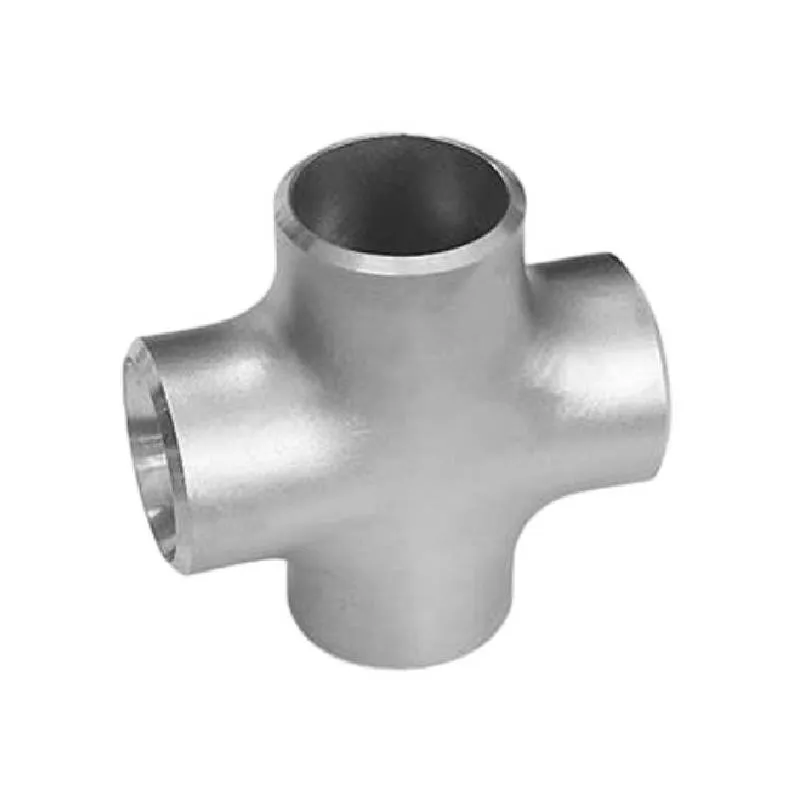-
Cangzhou Yulong Steel Co., Ltd.
-
Phone:
+86 13303177267 -
Email:
admin@ylsteelfittings.com
- English
- Arabic
- Italian
- Spanish
- Portuguese
- German
- kazakh
- Persian
- Greek
- French
- Russian
- Polish
- Thai
- Indonesian
- Vietnamese
- Zulu
- Korean
- Uzbek
- Hindi
- Serbian
- Malay
- Ukrainian
- Gujarati
- Haitian Creole
- hausa
- hawaiian
- Hebrew
- Miao
- Hungarian
- Icelandic
- igbo
- irish
- Japanese
- Javanese
- Kannada
- Khmer
- Rwandese
- Afrikaans
- Albanian
- Amharic
- Armenian
- Azerbaijani
- Basque
- Belarusian
- Bengali
- Bosnian
- Bulgarian
- Catalan
- Cebuano
- China
- China (Taiwan)
- Corsican
- Croatian
- Czech
- Danish
- Esperanto
- Estonian
- Finnish
- Frisian
- Galician
- Georgian
- Kurdish
- Kyrgyz
- Lao
- Latin
- Latvian
- Lithuanian
- Luxembourgish
- Macedonian
- Malgashi
- Malayalam
- Maltese
- Maori
- Marathi
- Mongolian
- Myanmar
- Nepali
- Norwegian
- Norwegian
- Occitan
- Pashto
- Dutch
- Punjabi
- Romanian
- Samoan
- Scottish Gaelic
- Sesotho
- Shona
- Sindhi
- Sinhala
- Slovak
- Slovenian
- Somali
- Sundanese
- Swahili
- Swedish
- Tagalog
- Tajik
- Tamil
- Tatar
- Telugu
- Turkish
- Turkmen
- Urdu
- Uighur
- Welsh
- Bantu
- Yiddish
- Yoruba

Jul . 28, 2024 09:07 Back to list
Understanding the Operation and Efficiency of Multistage Pumps in Various Applications
Understanding Multistage Pumps
Multistage pumps are a vital component in various industrial applications, designed to handle high-pressure requirements by utilizing multiple impellers (also known as stages). These pumps are essential in scenarios where a single-stage pump cannot meet the necessary pressure or flow rate needed to move fluids effectively. Their versatility makes them integral in industries such as water treatment, oil and gas, chemical processing, and even in some agricultural applications.
How Multistage Pumps Work
The fundamental principle behind multistage pumps is relatively simple. Each stage consists of a rotor or impeller that increases the fluid's pressure as it moves through the pump. In a multistage configuration, the fluid is propelled from one impeller to the next, allowing for a cumulative increase in pressure with each stage. The process starts with the pump drawing fluid into the first impeller, which spins and creates a centrifugal force that pushes the fluid outward. As the fluid exits this impeller, it enters a diffuser where the velocity of the fluid decreases, converting kinetic energy into pressure energy.
This cycle continues through multiple stages, leading to significantly higher discharge pressures compared to single-stage pumps. The number of stages can vary depending on the specific application and the desired pressure level. For instance, a multistage pump may consist of anywhere from two to ten stages or more.
Advantages of Multistage Pumps
1. High Efficiency By effectively utilizing multiple impellers, multistage pumps achieve high efficiency in converting input energy into hydraulic energy.
2. Versatile Applications These pumps can handle a wide range of fluids, including water, chemicals, and slurries, making them suitable for various industrial processes.
3. Pressure Management Multistage pumps are particularly beneficial in applications that require significant pressure boosts, such as in boiler feeding, irrigation systems, and reverse osmosis systems.
4. Compact Design Despite their ability to generate high pressure, multistage pumps often have a more compact design compared to other pump types that would require high power outputs for similar applications.
Common Applications
Multistage pumps are utilized in numerous sectors
multistage pump

- Water Supply In municipal water systems, multistage pumps are employed to transport water over long distances at high pressures, ensuring adequate water flow to homes and businesses.
- Boiler Feed Applications These pumps are critical in supplying high-pressure water to boilers, crucial for steam generation in power plants and various manufacturing processes.
- Sugar and Food Industry In processing sugar and other food products, multistage pumps help in moving viscous materials and liquids efficiently.
- Oil and Gas Industry They play a crucial role in enhancing oil extraction and transport by maintaining pressure in pipelines and processing facilities.
Considerations When Choosing a Multistage Pump
When selecting a multistage pump for a specific application, several factors must be considered
- Fluid Characteristics The type of fluid being pumped (e.g., viscosity, temperature, abrasiveness) influences the choice of materials and pump design.
- Required Flow Rate and Pressure Understanding the specific flow and pressure requirements of the application is vital to determine the number of stages and size of the pump.
- Pump Materials Depending on the fluid being handled, materials of construction can vary; corrosion-resistant materials are essential for aggressive chemicals.
- Maintenance Regular maintenance is crucial for the longevity and efficiency of multistage pumps. Consideration should be given to ease of access for servicing.
In conclusion, multistage pumps are a robust solution for high-pressure applications across various industries. Their ability to efficiently raise the pressure of fluids makes them indispensable in modern industrial processes, supporting everything from municipal water distribution to complex manufacturing operations. Understanding their design, operation, and applications allows for better selection and utilization in specific settings, ensuring optimal performance and reliability.
Latest news
-
ANSI 150P SS304 SO FLANGE
NewsFeb.14,2025
-
ASTM A333GR6 STEEL PIPE
NewsJan.20,2025
-
ANSI B16.5 WELDING NECK FLANGE
NewsJan.15,2026
-
ANSI B16.5 SLIP-ON FLANGE
NewsApr.19,2024
-
SABS 1123 FLANGE
NewsJan.15,2025
-
DIN86044 PLATE FLANGE
NewsApr.19,2024
-
DIN2527 BLIND FLANGE
NewsApr.12,2024
-
JIS B2311 Butt-Welding Fittings LR/SR 45°/90° /180°Seamless/Weld
NewsApr.23,2024











